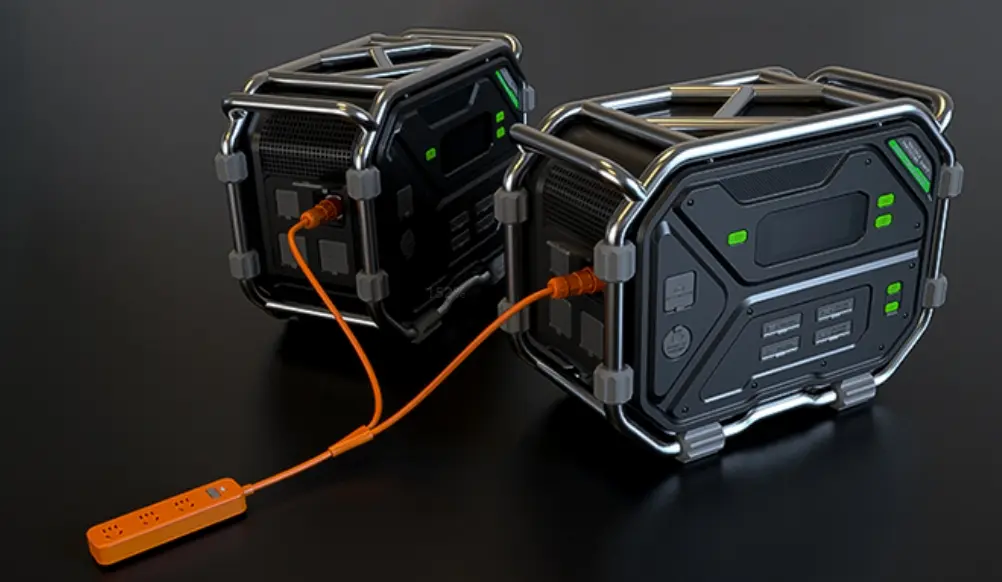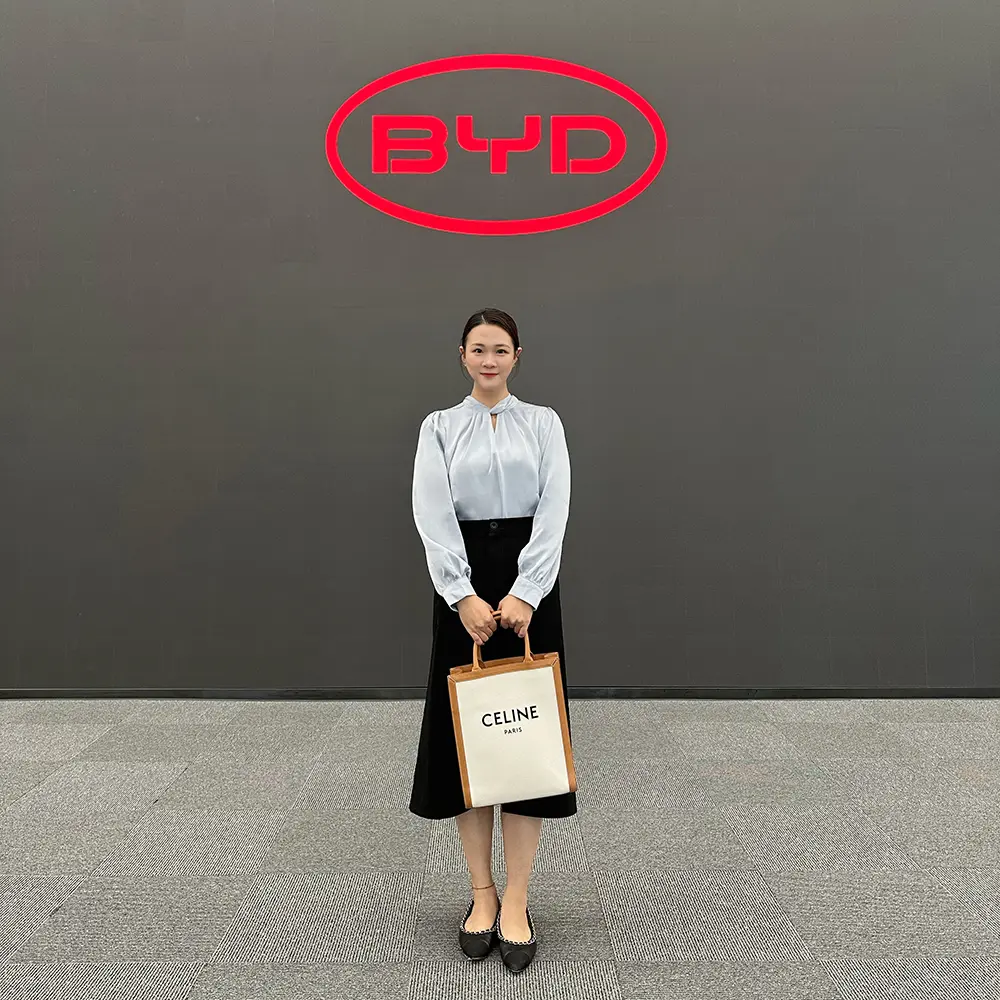A solar generator operates through a series of interconnected components and processes.
The heart of the system is the solar panel array. These panels are composed of photovoltaic cells that capture sunlight and convert it into direct current (DC) electricity. The efficiency and size of the solar panels determine the amount of power that can be generated.
Next, a charge controller is employed to manage the electricity flow from the panels to the battery. It ensures that the battery is charged safely and optimally, preventing overcharging that could damage the battery’s lifespan.
The battery serves as the energy storage unit. It holds the DC electricity generated by the solar panels for later use. Lithium-ion or lead-acid batteries are commonly used, each with their own characteristics in terms of capacity and performance.
An inverter is a crucial component that converts the DC power stored in the battery into alternating current (AC) suitable for powering a wide range of appliances and devices commonly used in our daily lives.
When it comes to using the power, the AC electricity from the inverter is distributed to the connected loads, whether it’s lighting fixtures, electronic devices, or other electrical equipment.
For example, in a remote construction site where grid power is unavailable, a solar generator can provide power for tools and equipment throughout the day.

Now, for wholesalers, we offer an integrated portable solution that combines high-quality components for efficient power generation and storage. Our solar generators come with durable solar panels, advanced charge controllers, long-lasting batteries, and reliable inverters. They are designed to be compact, lightweight, and easy to transport, making them ideal for various applications such as outdoor events, emergency preparedness, and off-grid projects. With our solution, you can provide your customers with a reliable and sustainable power source that meets their diverse needs.



